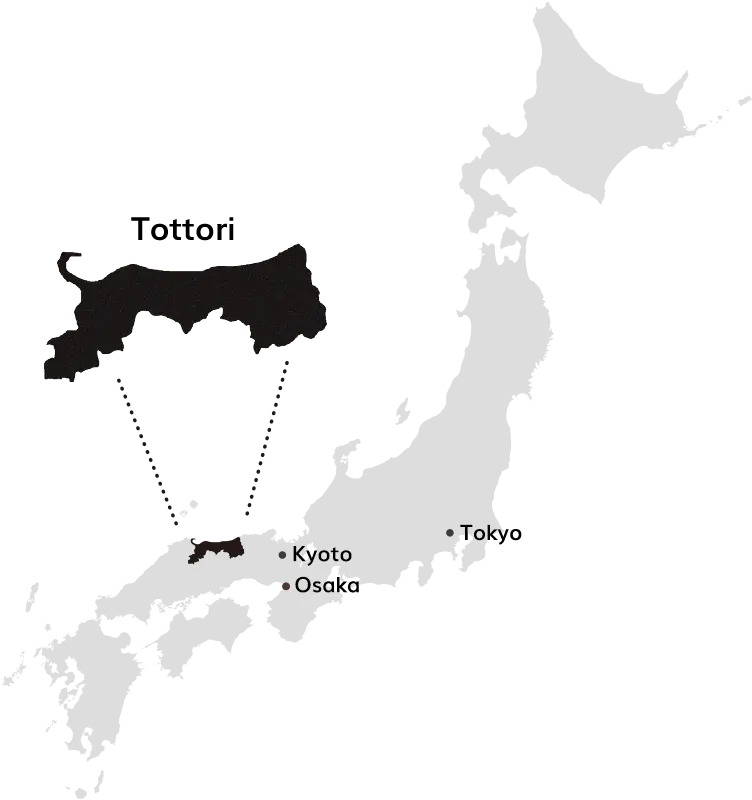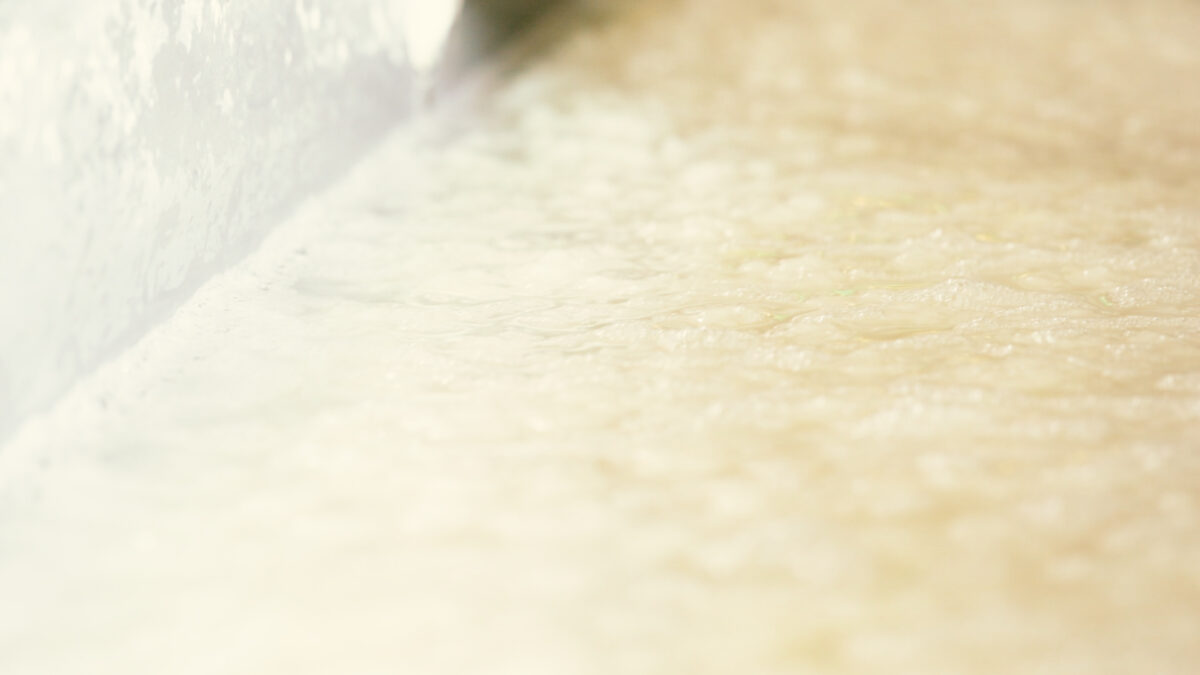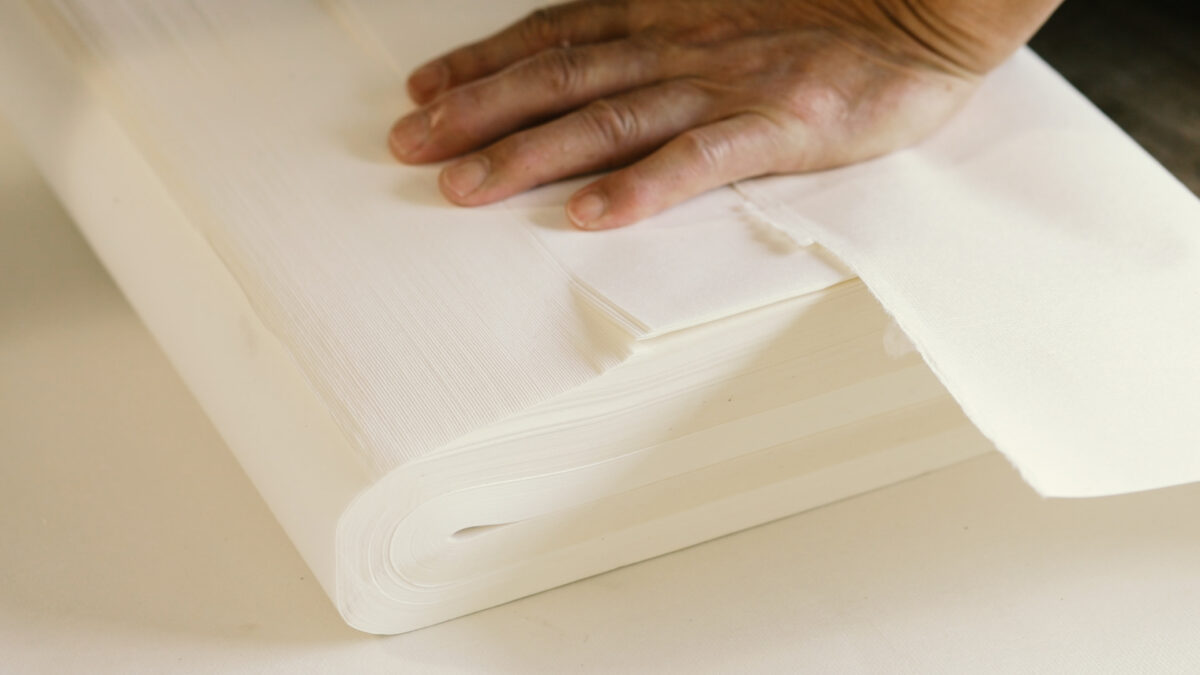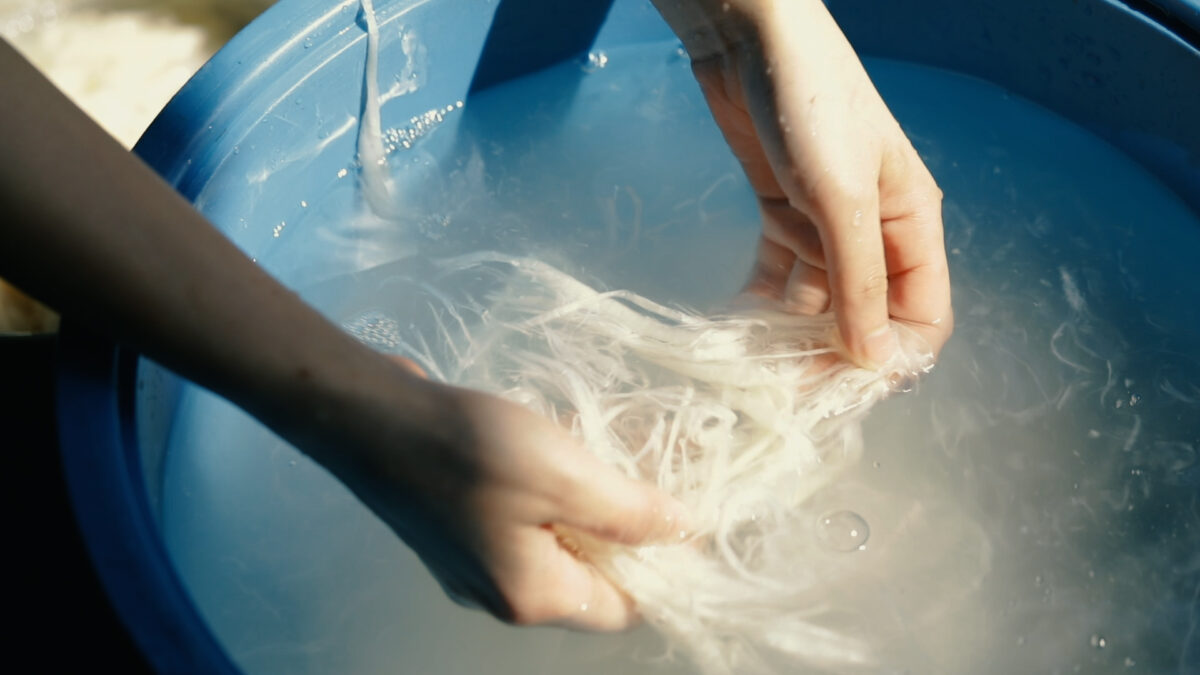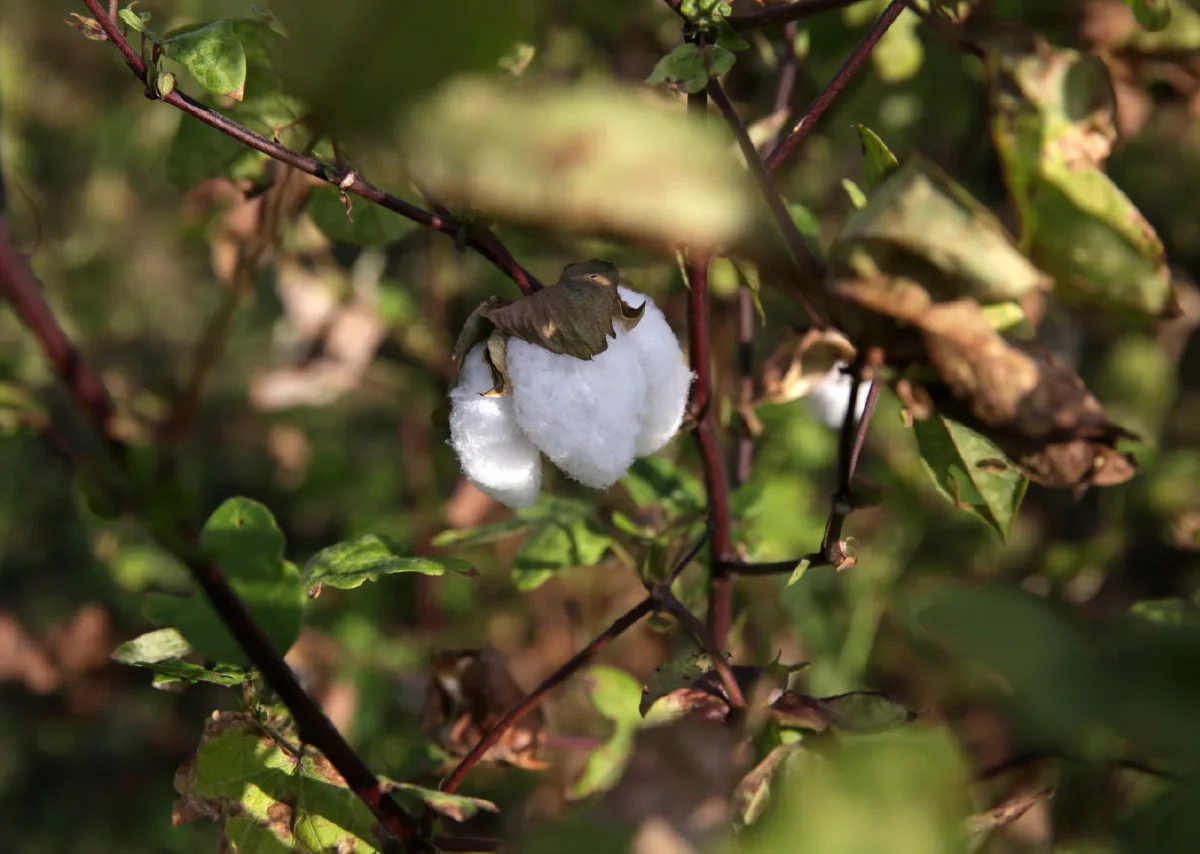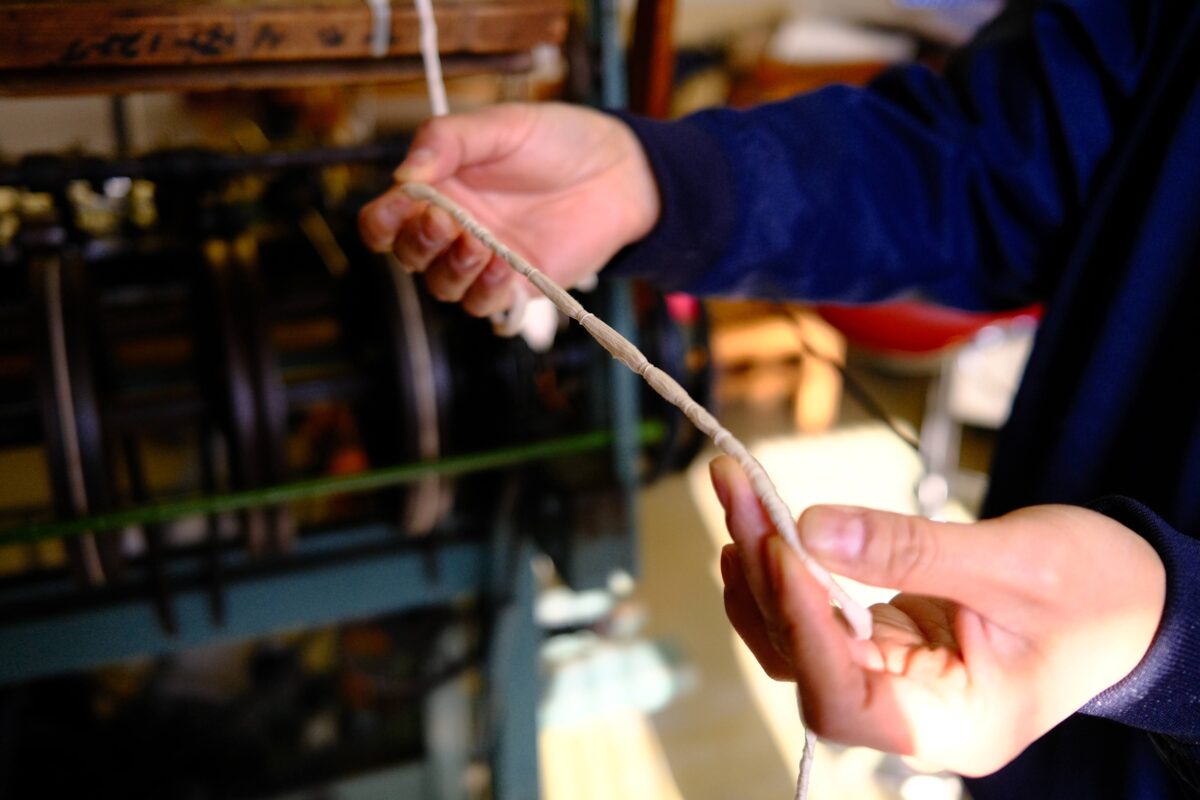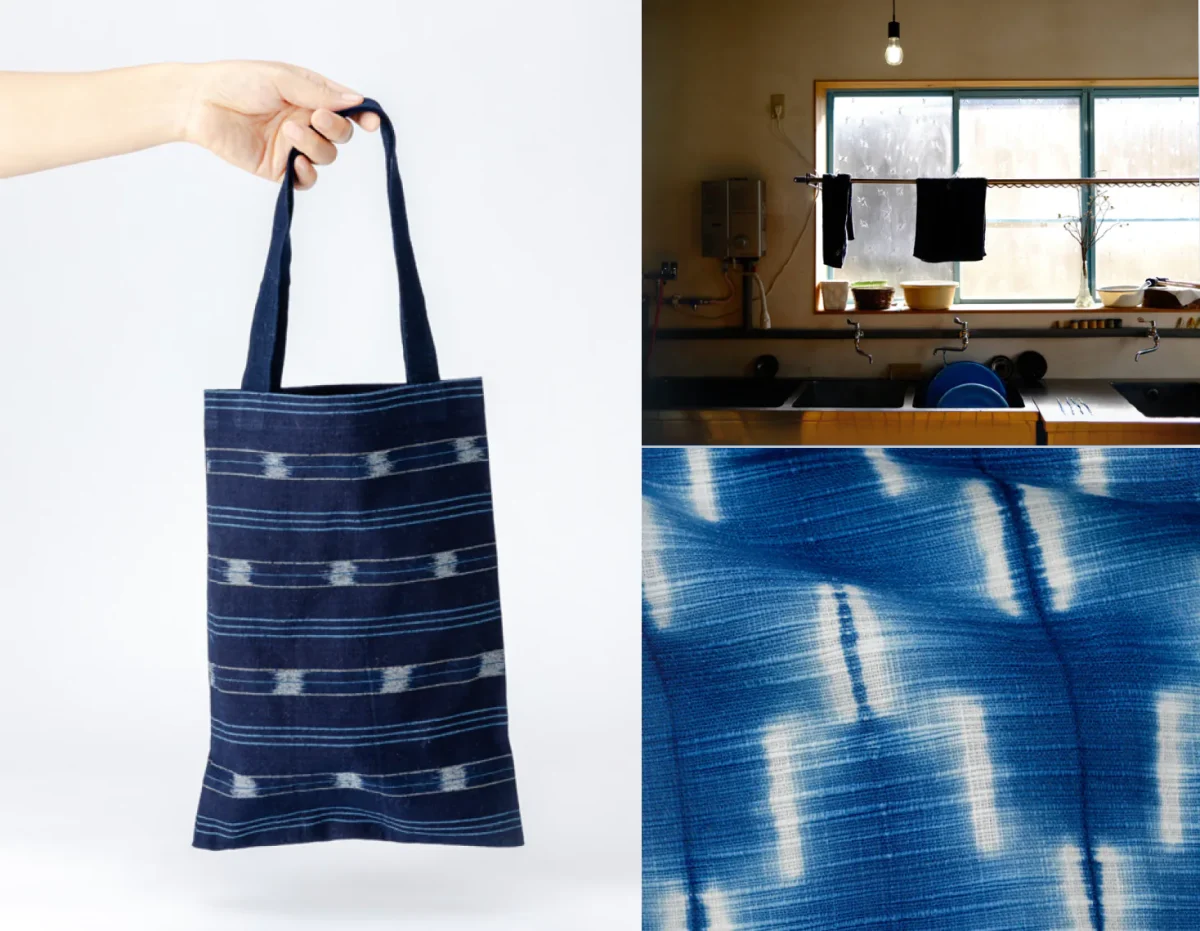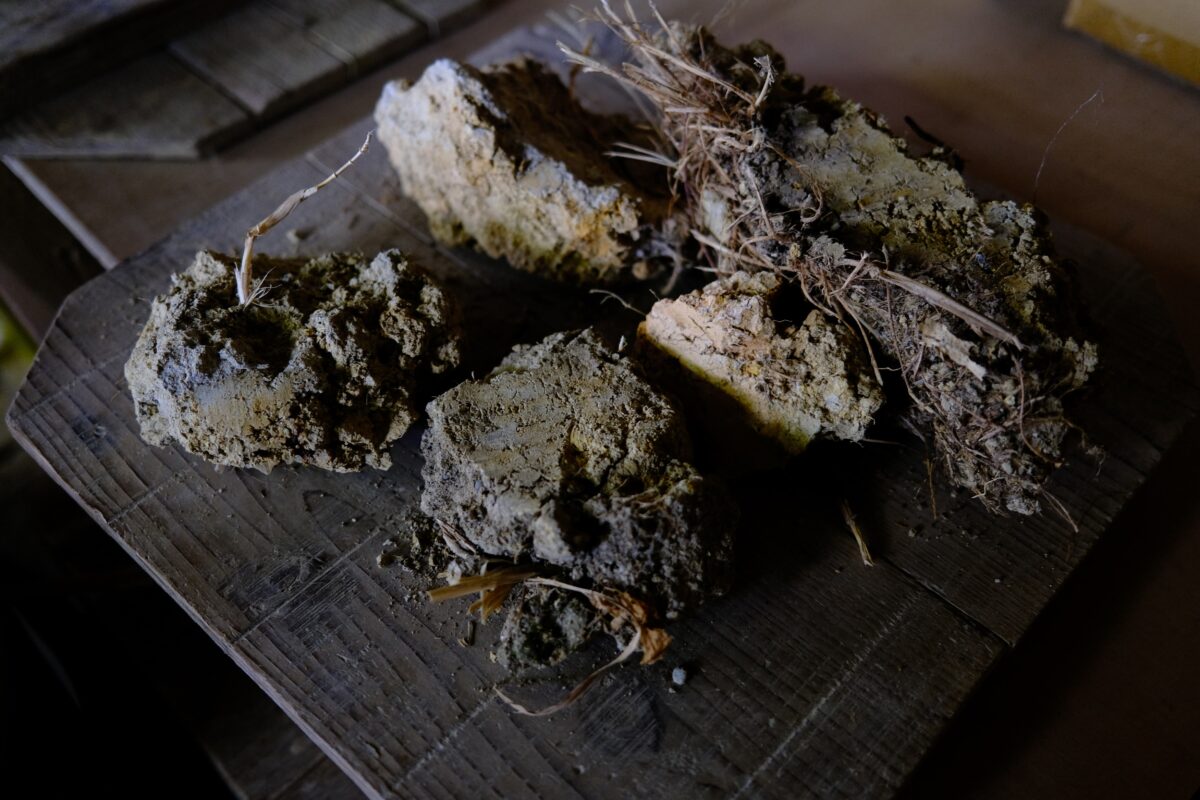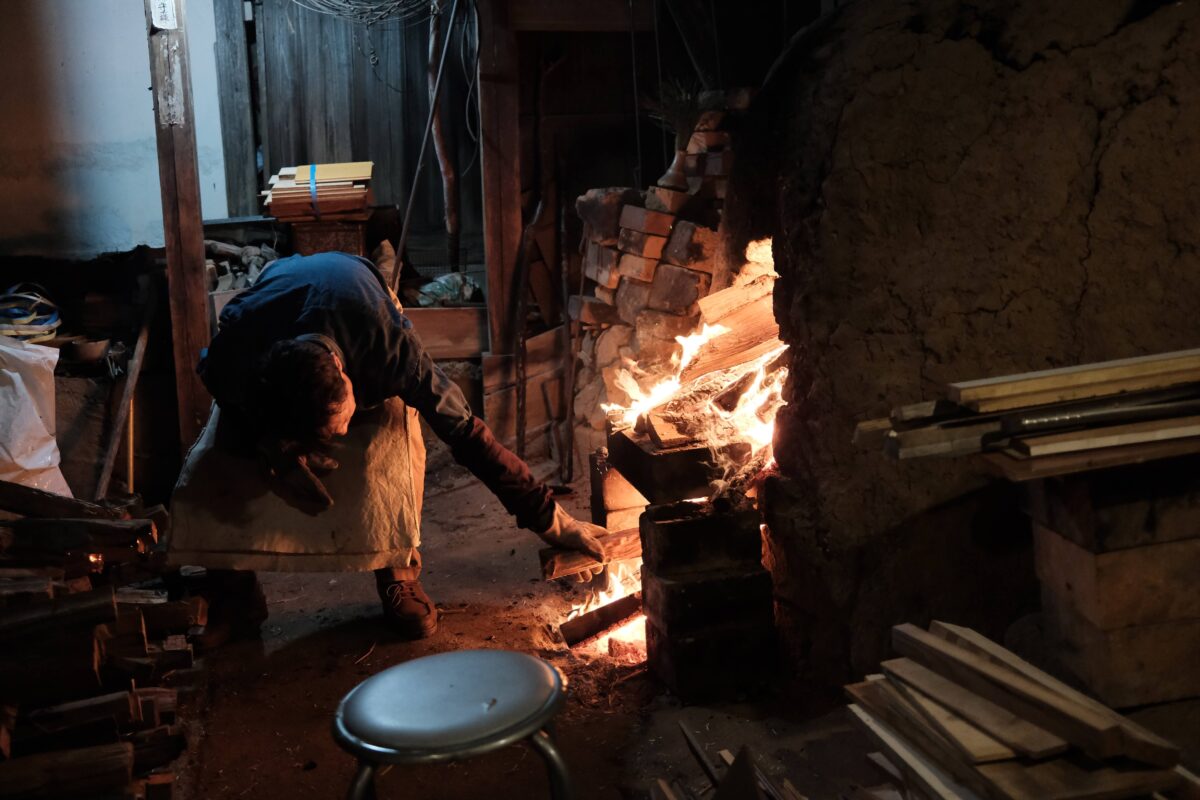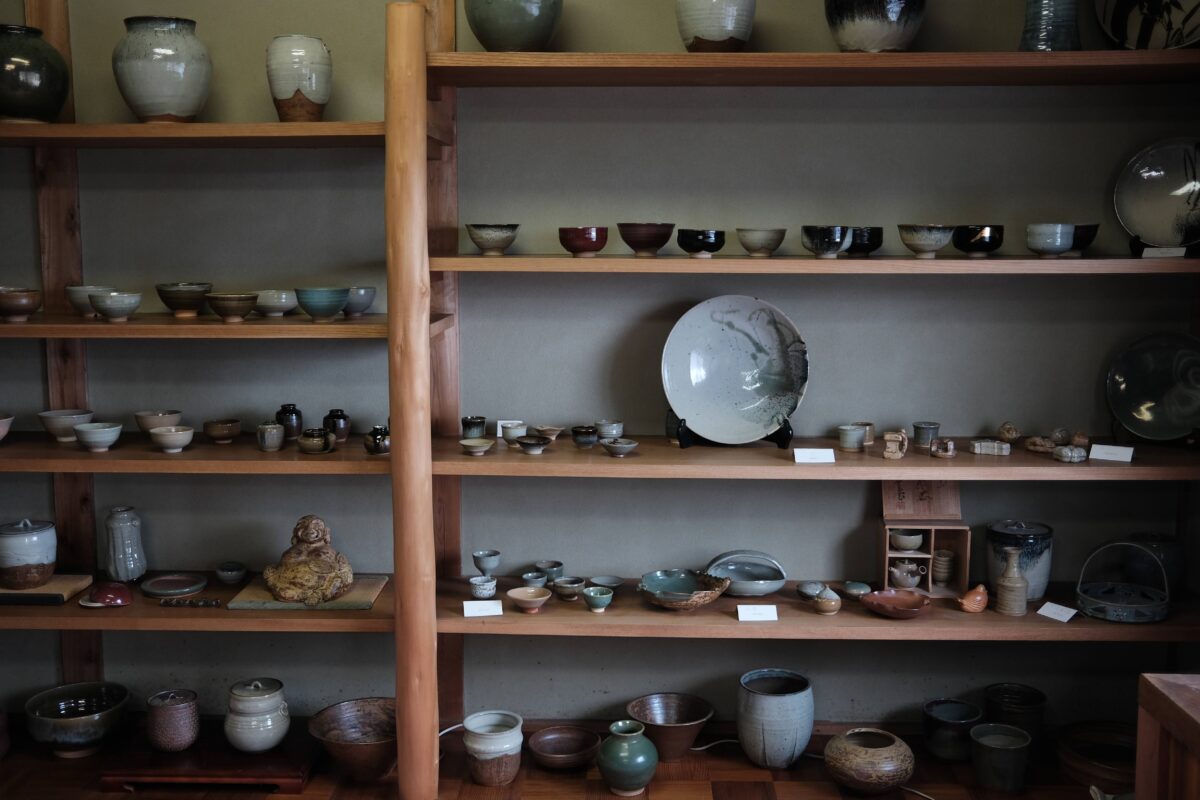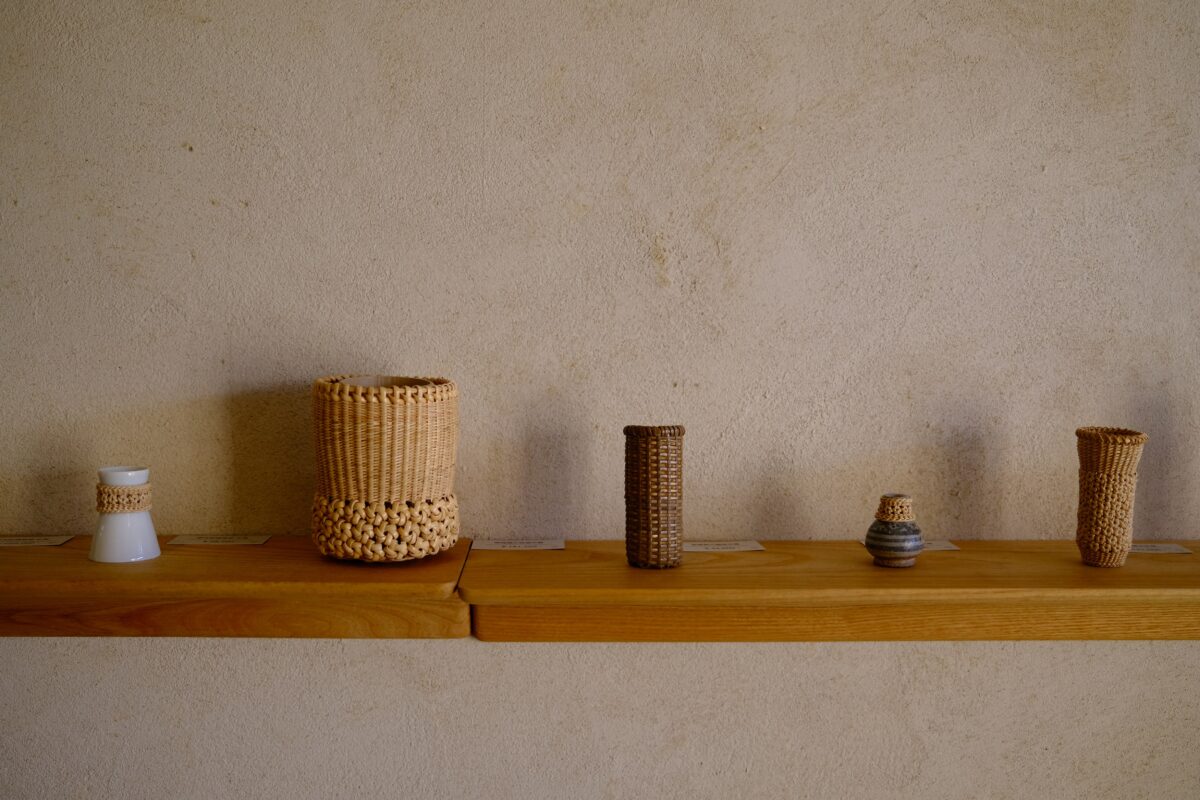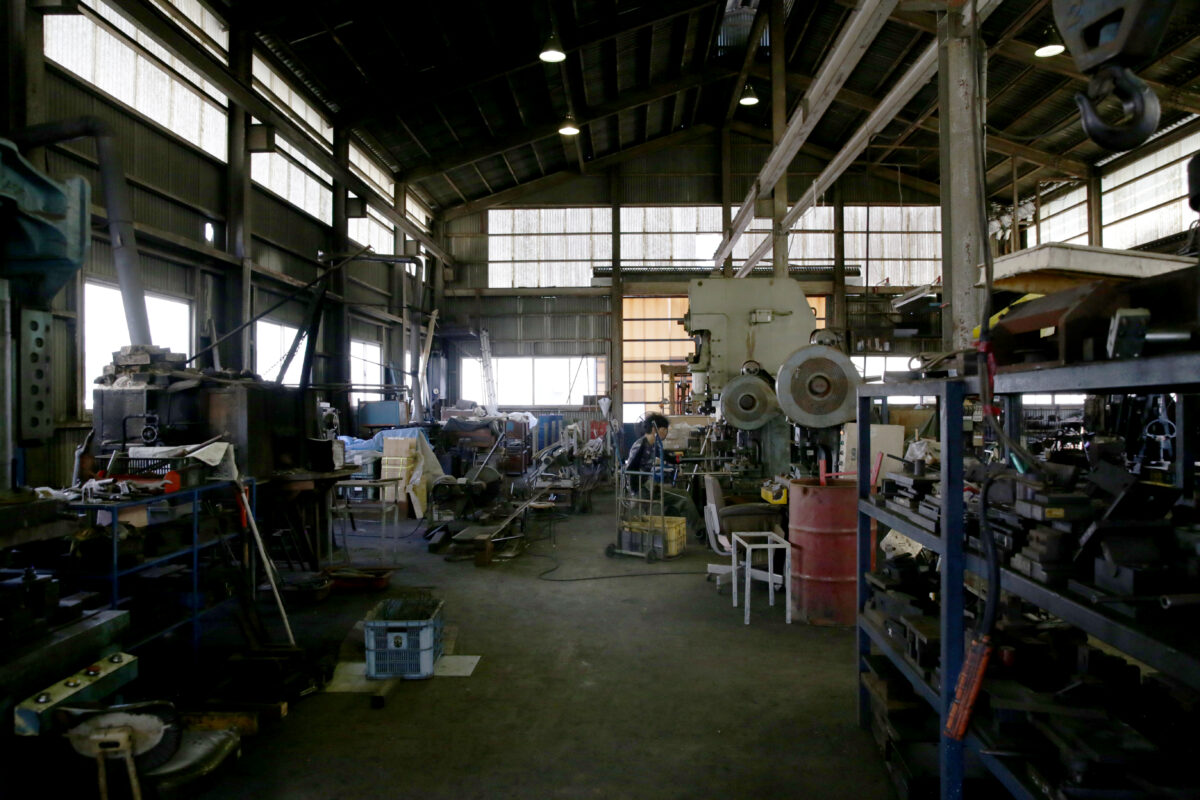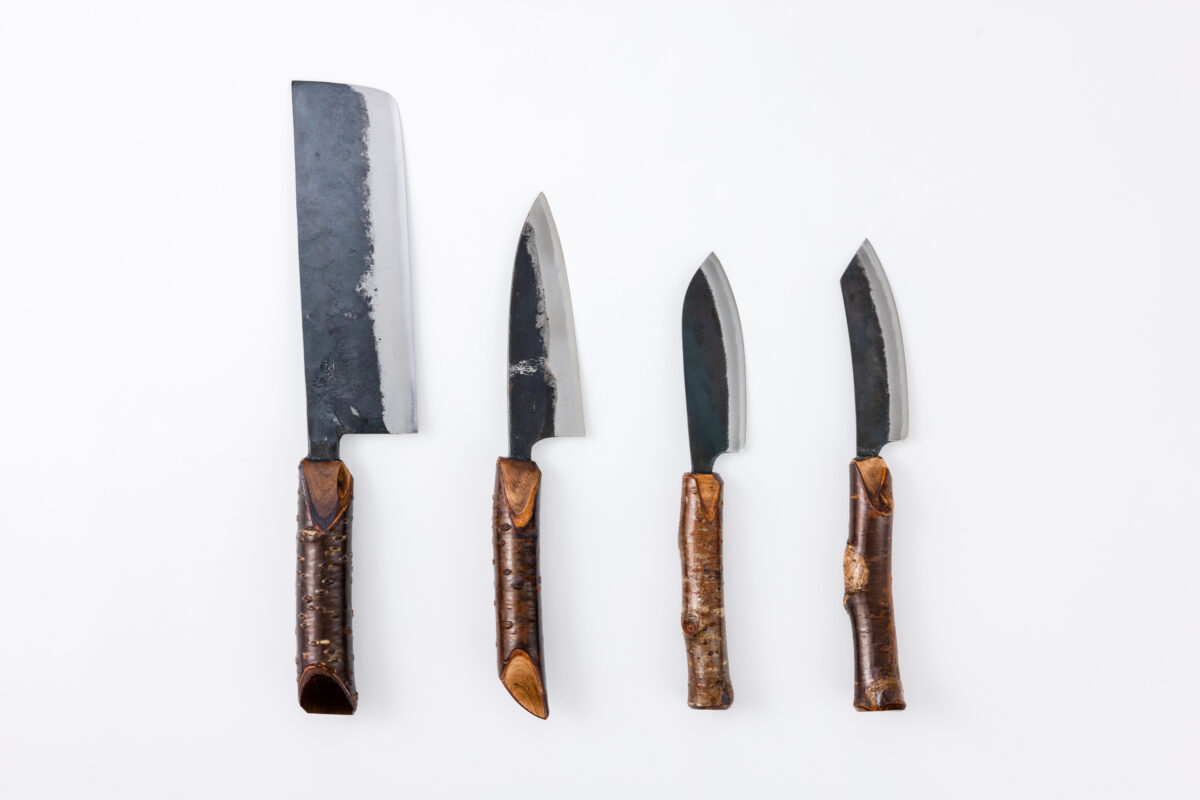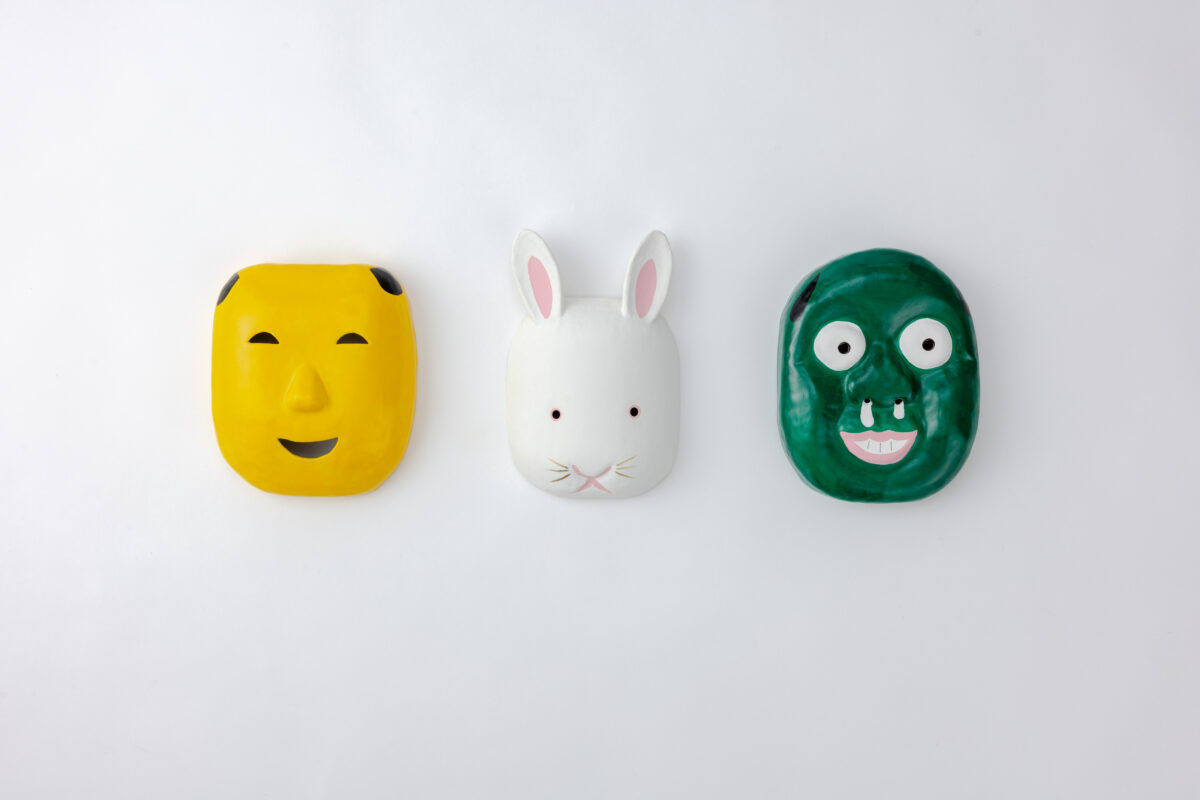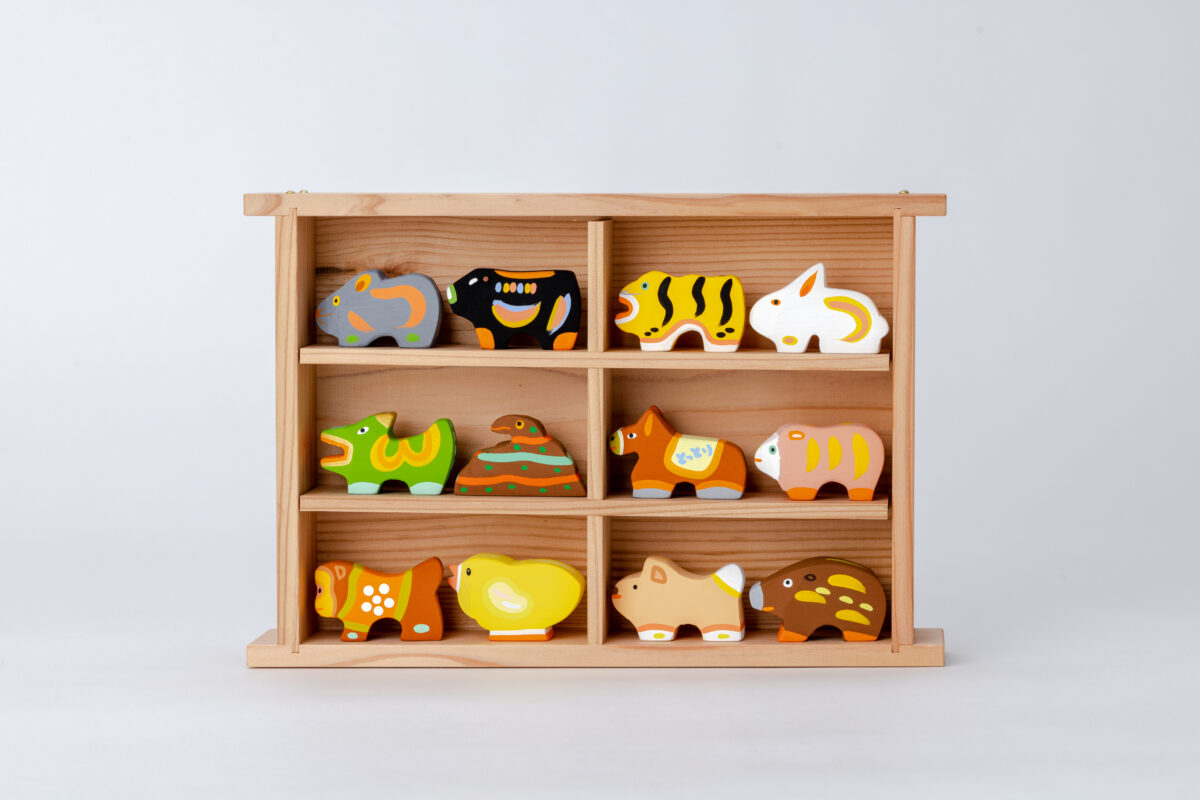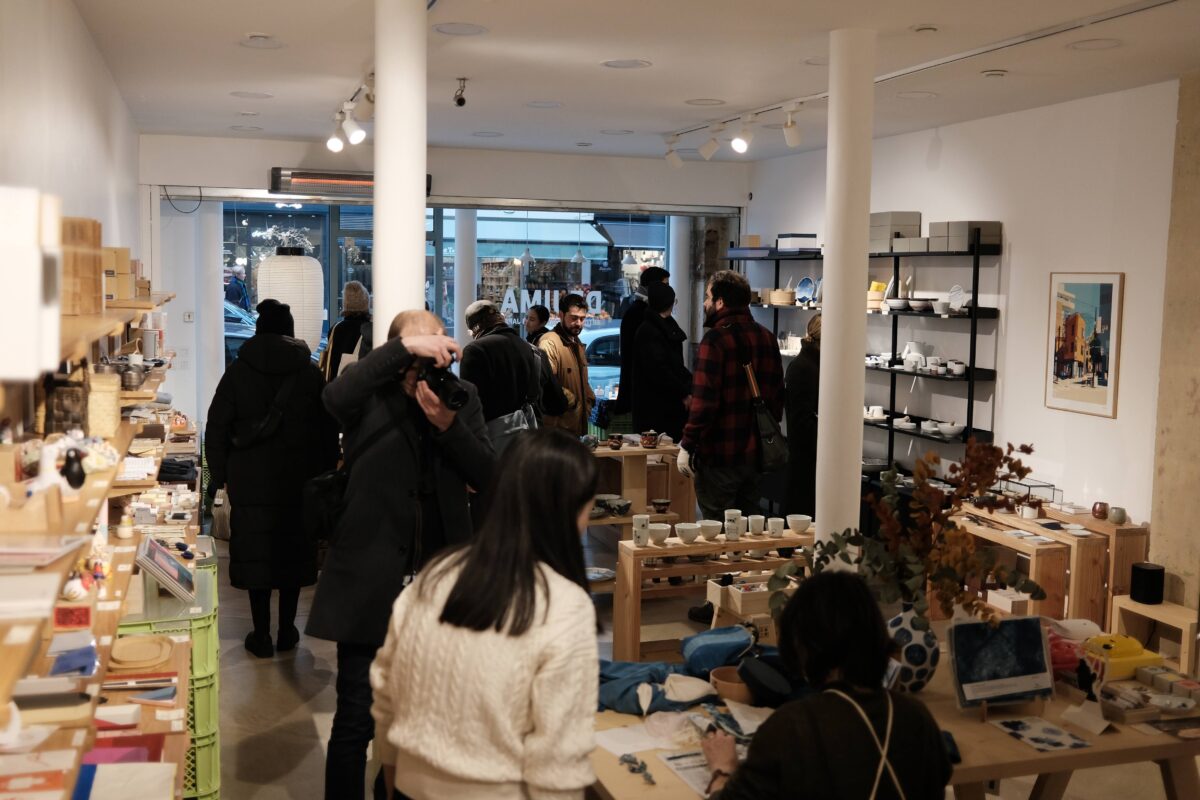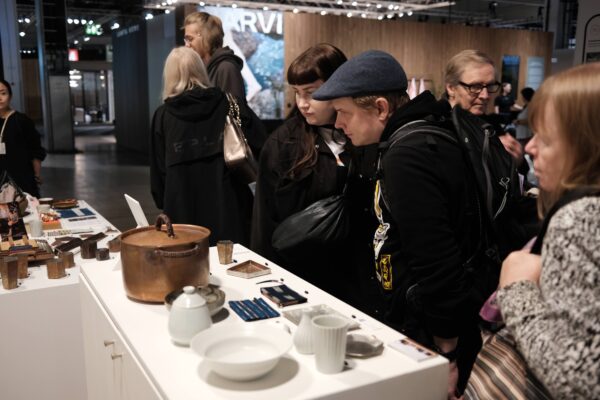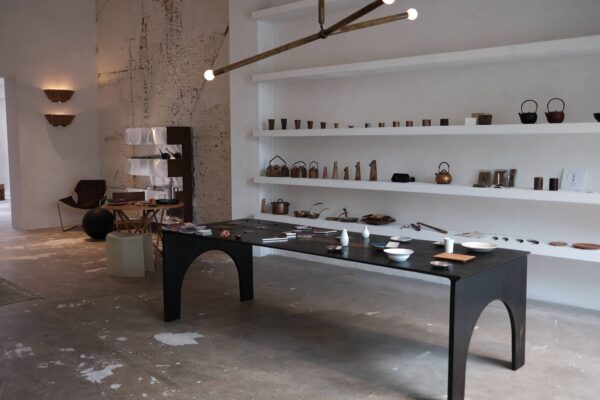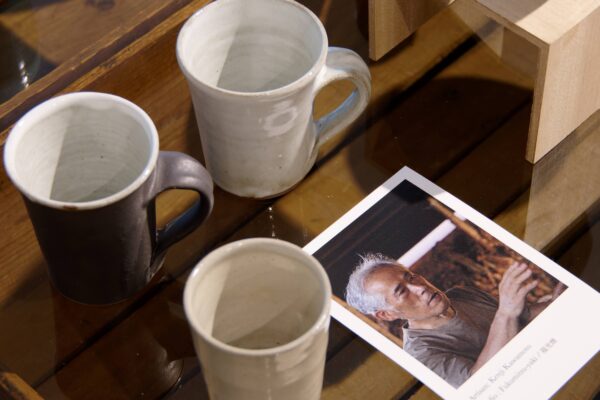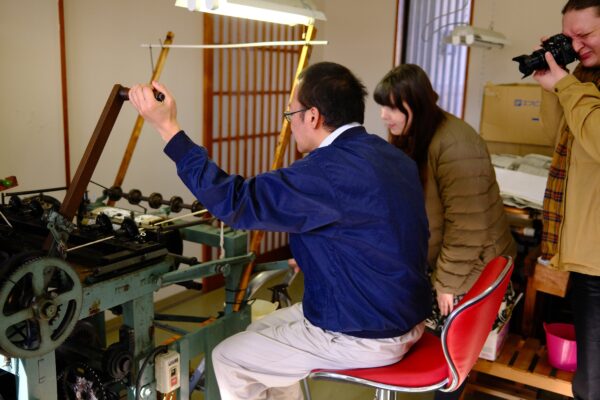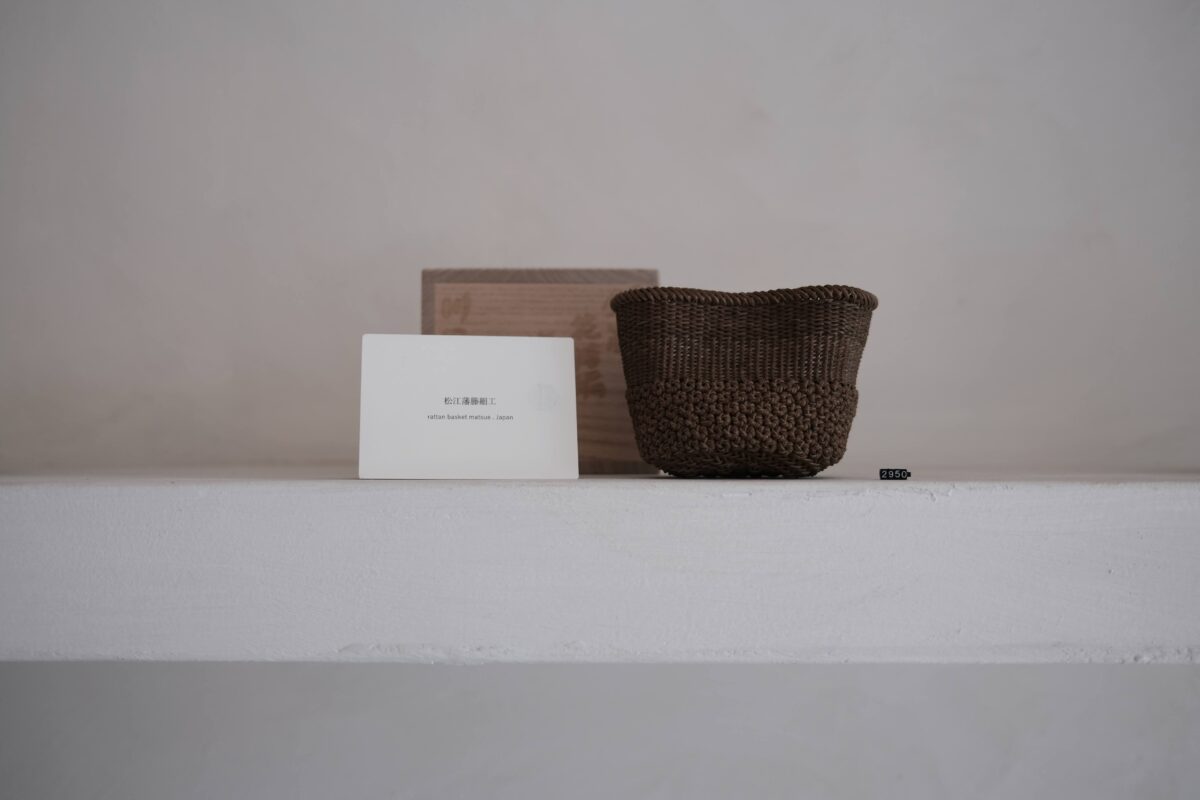Tottori Craft History
In addition to generations of craftsmanship nurtured in this remote land where many elements had to be self-supplied, a crucial element in the development of Tottori’s craft is Mingei. The Mingei Movement, which started about 100 years ago, rediscovered and adovocated the beauty of everyday items ordinary people use, and it still widely fascinates many people. Shoya Yoshida, a doctor in Tottori, was an important part of this movement. He visited Tottori’s craft studios that were on the verge of closing down and he helped them develop new Mingei items that suited the rapidly westernizing lifestyles at that time. He shared old mingei items around the world as models for artisans, taught them the proper approach to produce crafts, ran a craft store himself to help sell their items, elevated the quality of crafts and established a more stable production system. Yoshida’s in - fluence is still firmly rooted in Tottori, with a flexible network among the community and artisans. In Tottori, which is blessed with rich nature, artisans live at their own pace, producing their works through contemplation of their materials, emboding Mingei’s crucial concept of “yonobi” or the beauty of functionality born out of the local soil and rooted in its culture.
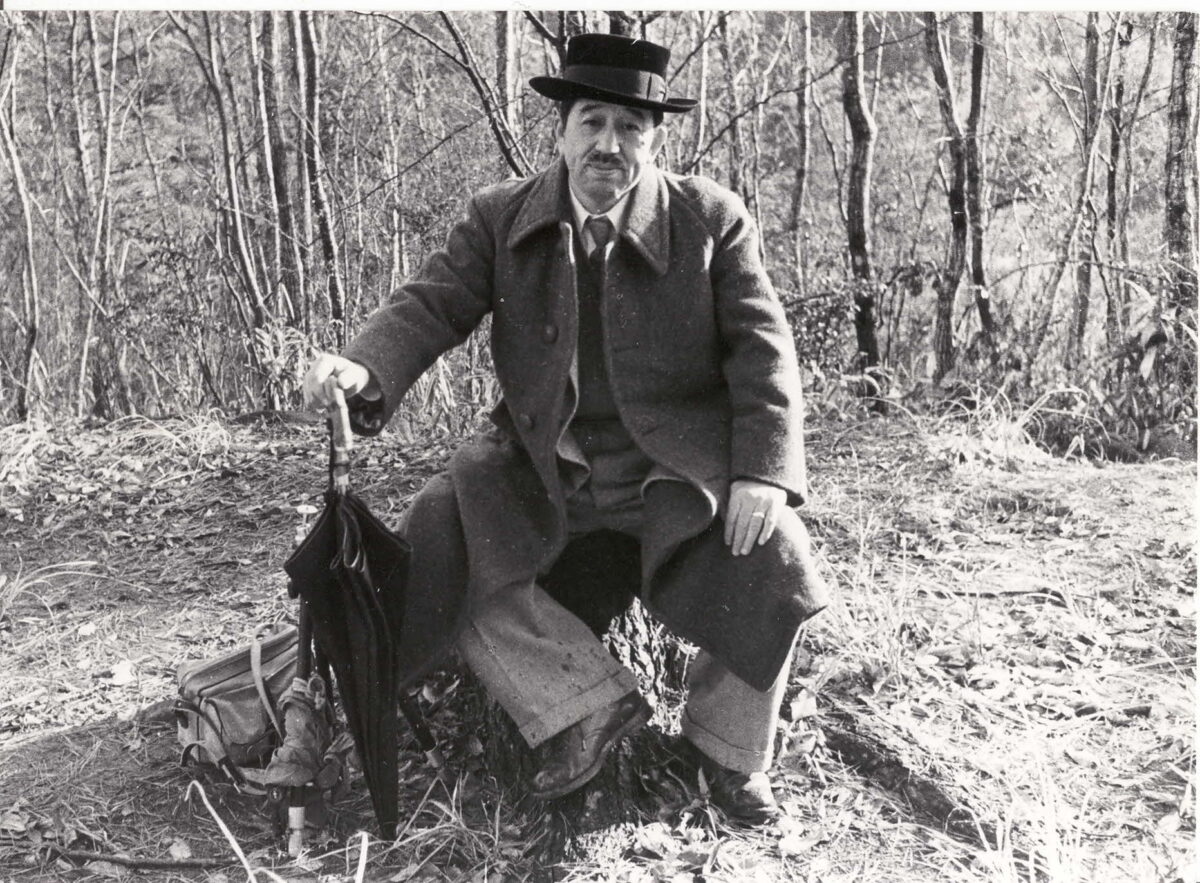
Shoya Yoshida
